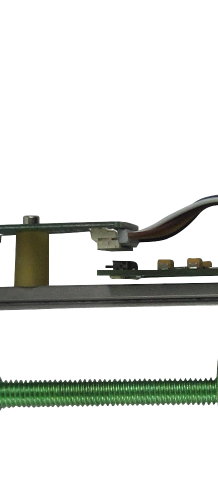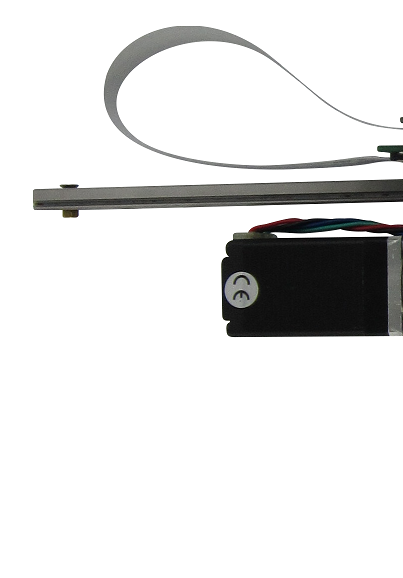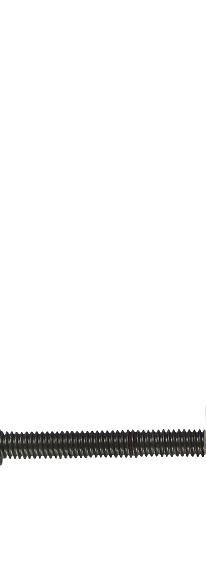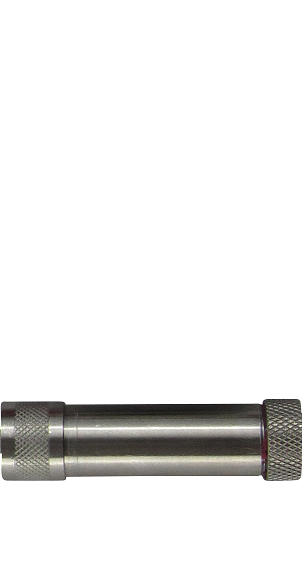Difference between revisions of "Pulses per Microliter"
| Line 102: | Line 102: | ||
|- | |- | ||
! And so: | ! And so: | ||
! colspan="5" | 320,000 pulses = 240 µL, or 1333 pulses/µL | ! colspan="5" | 320,000 pulses = 240 µL, or a theorectical 1333 pulses/µL | ||
Experimentation produced average results of 1300 pulses/µL | |||
|} | |} | ||
Revision as of 18:14, 27 July 2020
This page will explain the various gearing on our different heads, and how we determine a baseline pulses per microliter value.
The 27:1 EMO and VOL
The EMO and VOL heads each have:
- A 1.8° stepping motor;
- Running in 1/16th microstep mode;
- A 27:1 planetary gear;
- A 1:1 drive screw coupling;
- A drive screw with a pitch of 18 threads per inch, or 1.411 thread per mm;
- And a reservoir with a 17 mm diameter, or 227 mm2 cross section.
The table below explains how a certain number of pulses (or microsteps) on the motor will generate a certain volume displacement in the reservoir - the pulses/µL (or pulses/mm3) number that we need to control the material advance or displacement. Note that factors like viscosity, compressibility, and nozzle characteristics will introduce some delay from the time of displacement to the time of actual extrusion.
The 100:1 EMO-XT, KR2, and TAM
The EMO-XT, KR2, and TAM heads each have:
- A 1.8° stepping motor;
- Running in 1/16th microstep mode;
- A 1001 planetary gear;
- A 1:1 drive screw coupling;
- A drive screw with a pitch of 1 thread per mm;
- And a reservoir with a 17.5 mm diameter, or 240 mm2 cross section.
The table below explains how a certain number of pulses (or microsteps) on the motor will generate a certain volume displacement in the reservoir - the pulses/µL (or pulses/mm3) number that we need to control the material advance or displacement. Note that factors like viscosity, compressibility, and nozzle characteristics will introduce some delay from the time of displacement to the time of actual extrusion.









